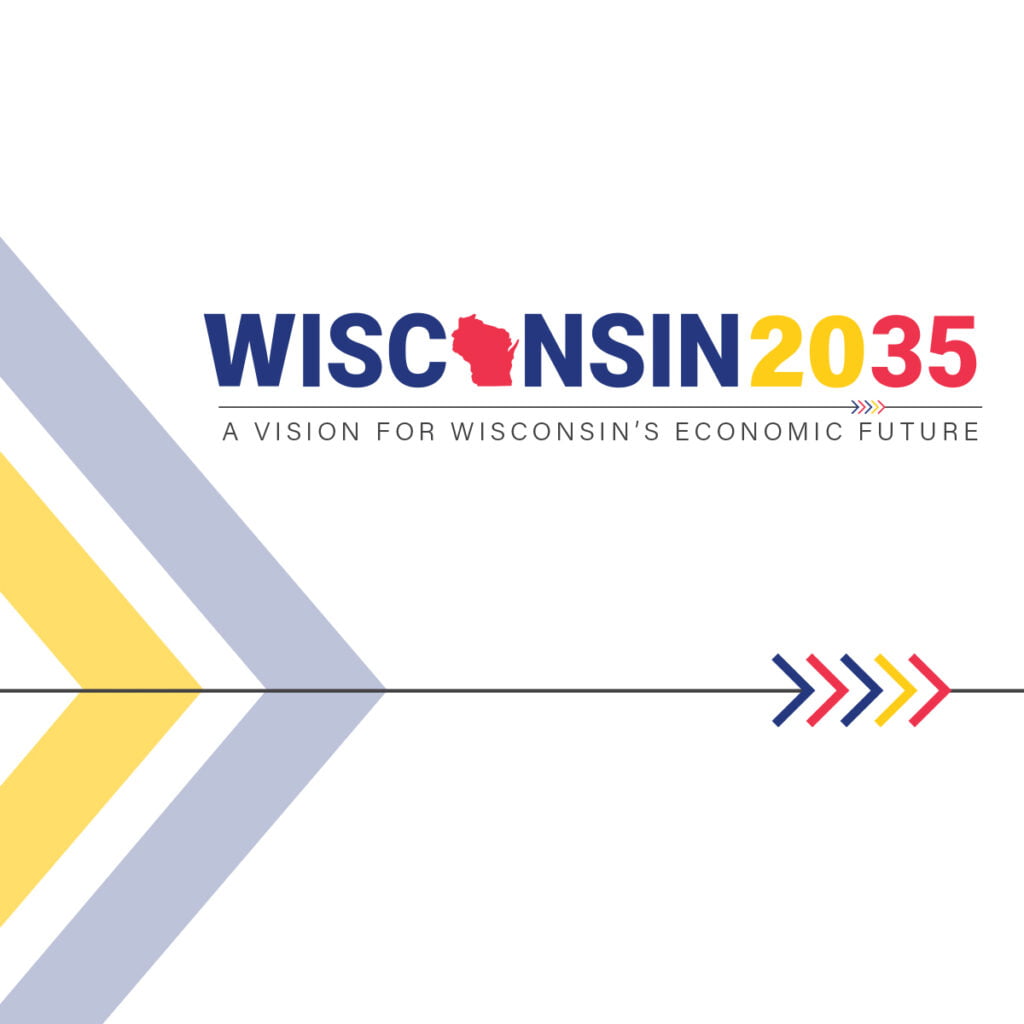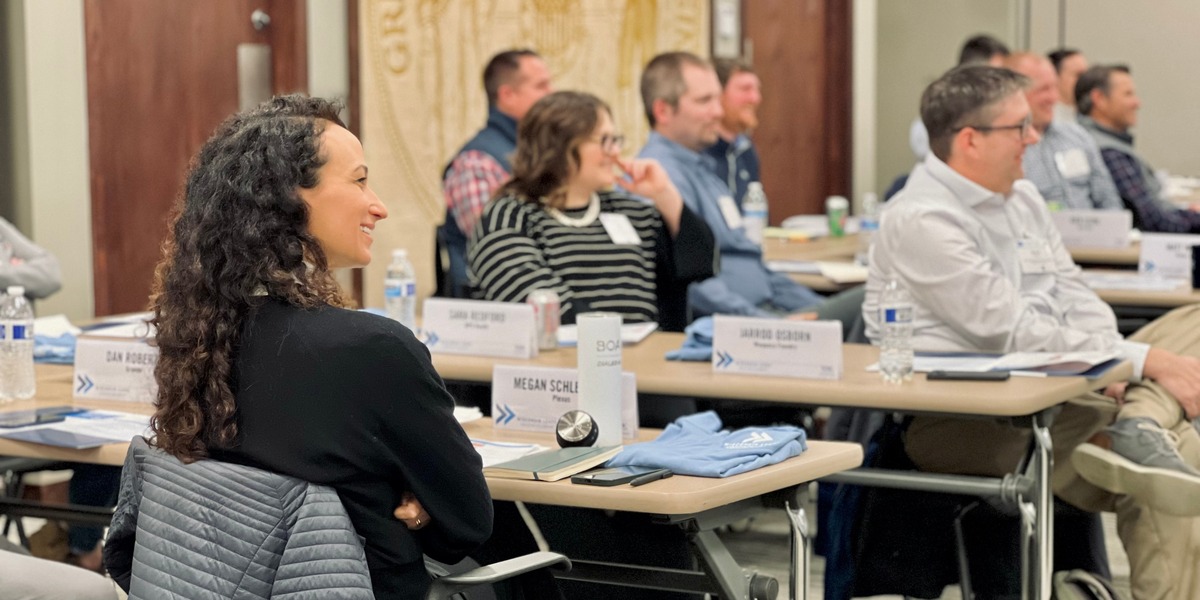New Wisconsin 2035 Report Details Wisconsin’s State of Education & Highlights Best Practices to Improve Student Success
MADISON – A new report from WMC Foundation – an affiliate of Wisconsin Manufacturers & Commerce (WMC) – details the numerous challenges facing the state’s education system and highlights best practices that should be replicated and expanded to improve student outcomes.
The policy paper is part of WMC Foundation’s Wisconsin 2035 project, which launched in 2020 as a way for the business community to outline a long-term vision for the state’s economic future.
“Nearly three-quarters of Wisconsin employers say that students graduating from the state’s public K-12 system are not prepared for the workforce,” said WMC Foundation Executive Director Wade Goodsell. “While that number seems shocking, it should not be considering well over half of students cannot read or do math at grade level in Wisconsin.”
Educating Our Future explains that funding for public education has increased by 44 percent since the 2013-15 state budget – rising from $10.74 billion a decade ago to $15.45 billion today. Unfortunately, student achievement has actually decreased. Prior to the pandemic, 41 percent of students were proficient in English language arts and 43 percent were proficient in math. Those have dropped to 39 percent and 41 percent, respectively.
Wisconsin additionally is one of the worst states in the country when it comes to the achievement gap between white students and students of color. Across the state, white students are roughly five times more likely to be proficient in reading and math as their black classmates. The problem is especially acute at school districts like Milwaukee and Madison where less than 10 percent of black students are proficient in each category.
“The business community has taken a keen interest in reforming education in Wisconsin because improving educational outcomes will lead to better economic outcomes,” added WMC Senior Director of Workforce, Education and Employment Policy Rachel Ver Velde. “The status quo is not working for students or employers. We must find ways to replicate ideas that foster academic excellence and improve workplace readiness for all students.”
The new report suggests expanding educational options across the state so that a student’s zip code does not determine his or her potential; increasing training and exposure at school districts for potential careers in Wisconsin; and providing a quicker path to the workforce for young people. Additionally, it outlines best practices by schools and businesses that are already tackling these major issues.
Educating Our Future was unveiled earlier this week at the 10th annual WMC Foundation Future Wisconsin Summit. The report was a key topic in a discussion on solving the state’s persistent workforce shortage and ensuring young people are well-prepared for both college and a career following their high school graduation.
Click here to view the full report.
###








